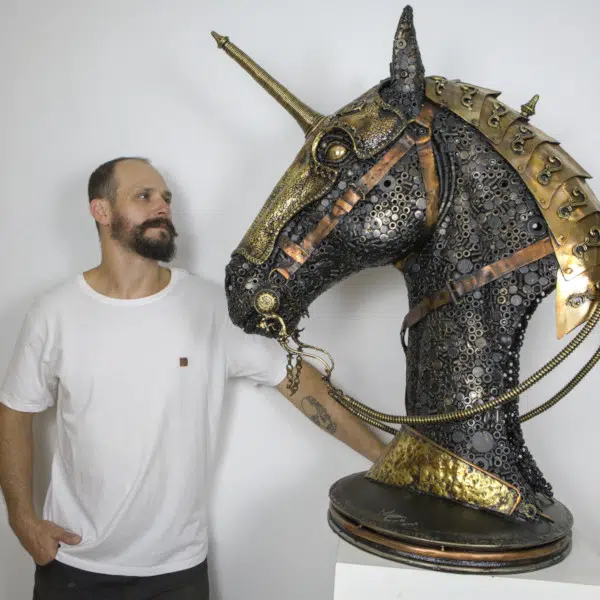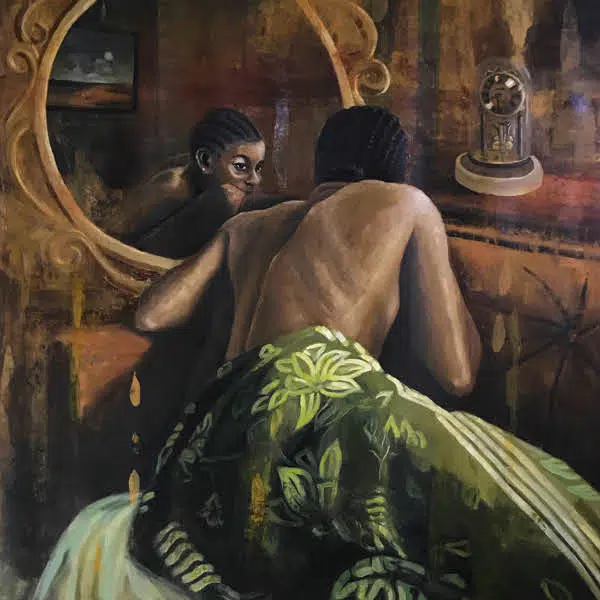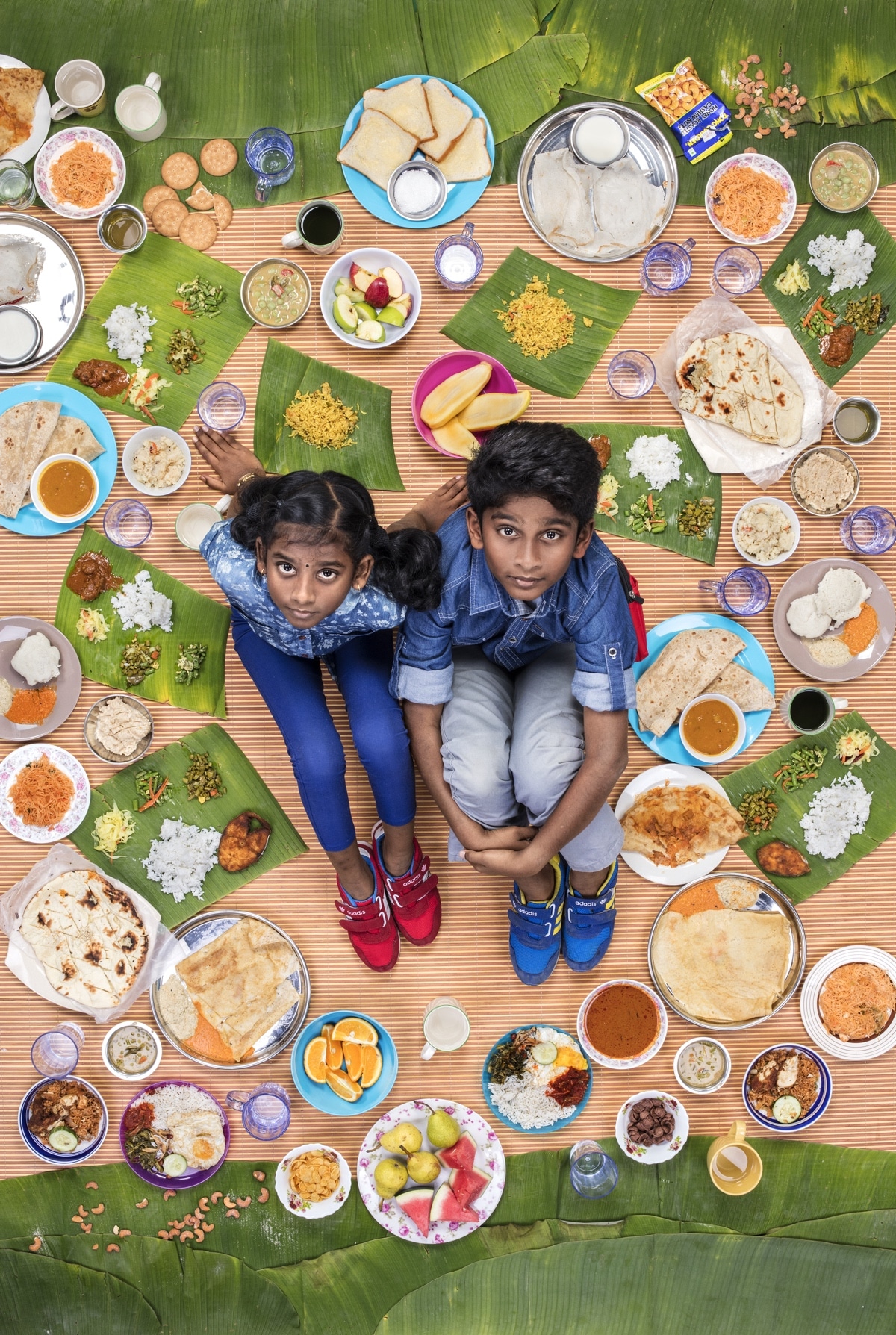
Tharkish Sri Ganesh (10) and Mierra Sri Varrsha, (8) Kuala Lumpur, Malaysia, photographed March 26, 2017. Tharkish and Mierra’s roots in Malaysia begin with their great-grandfather who migrated from South India to build a better future, but only found work as a rubber tapper before being conscripted by the Japanese to build the “Death Railway” from Siam to Burma in 1943. Tharkish and Mierra live with their mom and dad in a public housing project in Bukit Jalil, a suburb of Kuala Lumpur. Their apartment block is full of friends and noisy in a good way. Their dad works as a gaffer in film production and their mom is a homemaker and does most of the cooking though on weekends they eat KFC, Pizza Hut or Chinese takeout. Mierra dislikes the pungent smell of meat and traces of blood. She prefers candies and chocolates. Her earliest memory of food is rice porridge, her comfort food whenever she falls sick. Tharkish’s favorite food is Puttu, steamed ground rice layered with coconut and topped with bananas and palm sugar. Tharkish doesn’t like onions because they taste weird and leave a funny smell in his mouth. His first taste was Urad Dal Porridge, an Indian baby food made with dal, rice, coconut, cardamon, and jaggery (concentrated date palm sap). Mierra says her diet is healthy because her mom avoids foods with preservatives, additives and msg, though after her Daily Bread portrait, she still thinks she could eat less processed food. Mierra loves to read and play badminton and snakes and ladders while her brother is into chess, carom and surfing the internet. Mierra strives to be the top student in her class and wants to be a doctor while Tharkish will be happy with a top 3 finish after examinations and pictures himself an IT engineer.
This post may contain affiliate links. If you make a purchase, My Modern Met may earn an affiliate commission. Please read our disclosure for more info.
With childhood obesity on the rise and globalization homogenizing nutrition, photographer Gregg Segal set out to discover what a week's worth of food looked like around the world. By focusing on the diets of children, whose lifelong eating habits are created in these formative years, Segal's stunning photographs speak to themes of nutrition, class, and culture.
His new book, Daily Bread, spreads across 120 pages and details the stories behind the portraits. Each child was asked to document exactly what they'd eaten during the course of a week. These foods were then prepared and laid out around them while Segal captured their image from above. From Los Angeles to Kuala Lumpur, the cultures depicted are a fascinating look at how different we are—yet how similar we're becoming.
Segal's work is also an interesting commentary on the global economy and how this effects eating habits. While in the United States lower income families tend to eat more snack foods because of their low cost, in other countries the trend is reversed. In fact, some of the healthiest diets in the world come from low-income cultures where the focus is on fresh fruits, vegetables, nuts, and meat where processed junk foods are luxury items.
We had the opportunity to speak with Segal about the impetus for the project, the challenges of working on a global scale, and what he hopes people take away from the work. Read on for our exclusive interview and pick up a copy of Daily Bread: What Kids Eat Around the World.
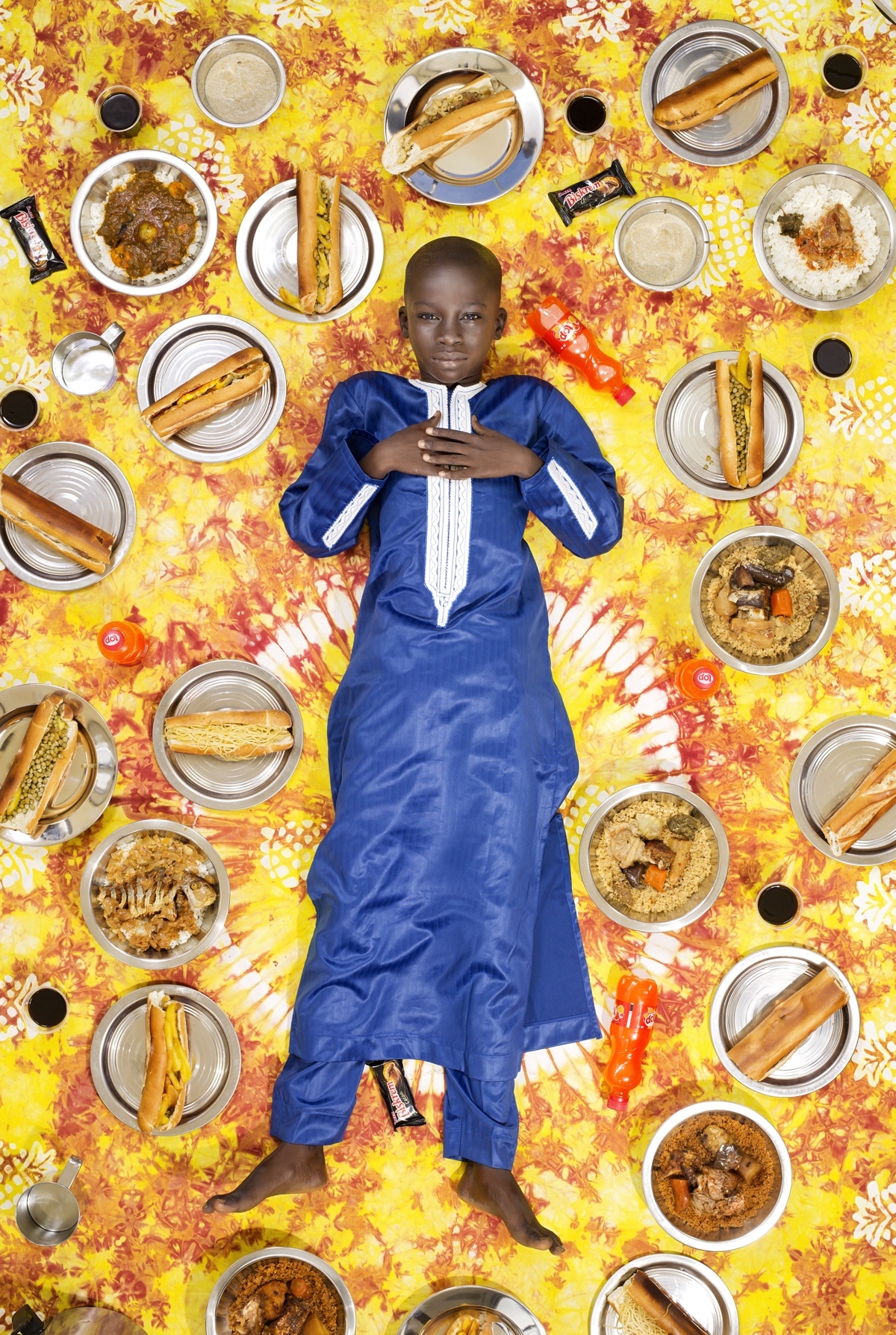
Meissa Ndiaye, 11, Dakar, Senegal, photographed August 30, 2017. Meissa shares a single room with his dad, mum and brother in the heart of Parcelles Assainies, which means “sanitized plots.” A treeless, sandy suburb of Dakar, Parcelles Assainies was developed in the 1970s to house the poor overflowing from the city. Meissa lives opposite the futbol stadium and open-air market, hundreds of stalls selling everything from fresh fish to wedding dresses. In late August, tethered goats line the streets before Eid al-Adha, the Feast of the Sacrifice. Meissa, a devout Muslim and student at Quran School, loves goat meat and sweet foods like porridge, though in the week he kept a diary of his meals, he ate very little meat. More often, he filled up on French bread stuffed with spaghetti, peas or fried potatoes. Meissa’s mum and anties prepare his meals though once or twice a week they get take out. Meissa loves futbol most of all and hopes to be a star player like Messi or Ronaldo. If he had enough money, he’d buy a nice little sports car. He wishes his mum and dad, a refrigerator technician, could immigrate to France so that they can earn enough money.
What first got you interested in this topic?
Daily Bread grew out of another of my projects on consumption and waste called 7 Days of Garbage. I asked family, friends, neighbors and anyone else I could convince to save their garbage for one week and then lie down and be photographed in it. It’s impossible to ignore the problem of consumption and waste when you’re lying in it!
To me, the most disturbing thing about the garbage I photographed was the packaging that comes with our food. We’ve grown totally dependent on the industries of eating and cooking and the result has been a massive increase in waste. I began to ask, how have our diets been impacted by this revolution in the way food is produced and consumed?
It struck me that we don’t give enough thought to what’s in our food because we’re not the ones making it! We’ve outsourced the most vital ingredient of life, the connective tissue of families and culture. I thought, what if we keep a journal of everything we eat and drink for one week to bring our focus onto diet and take ownership of the foods we eat?
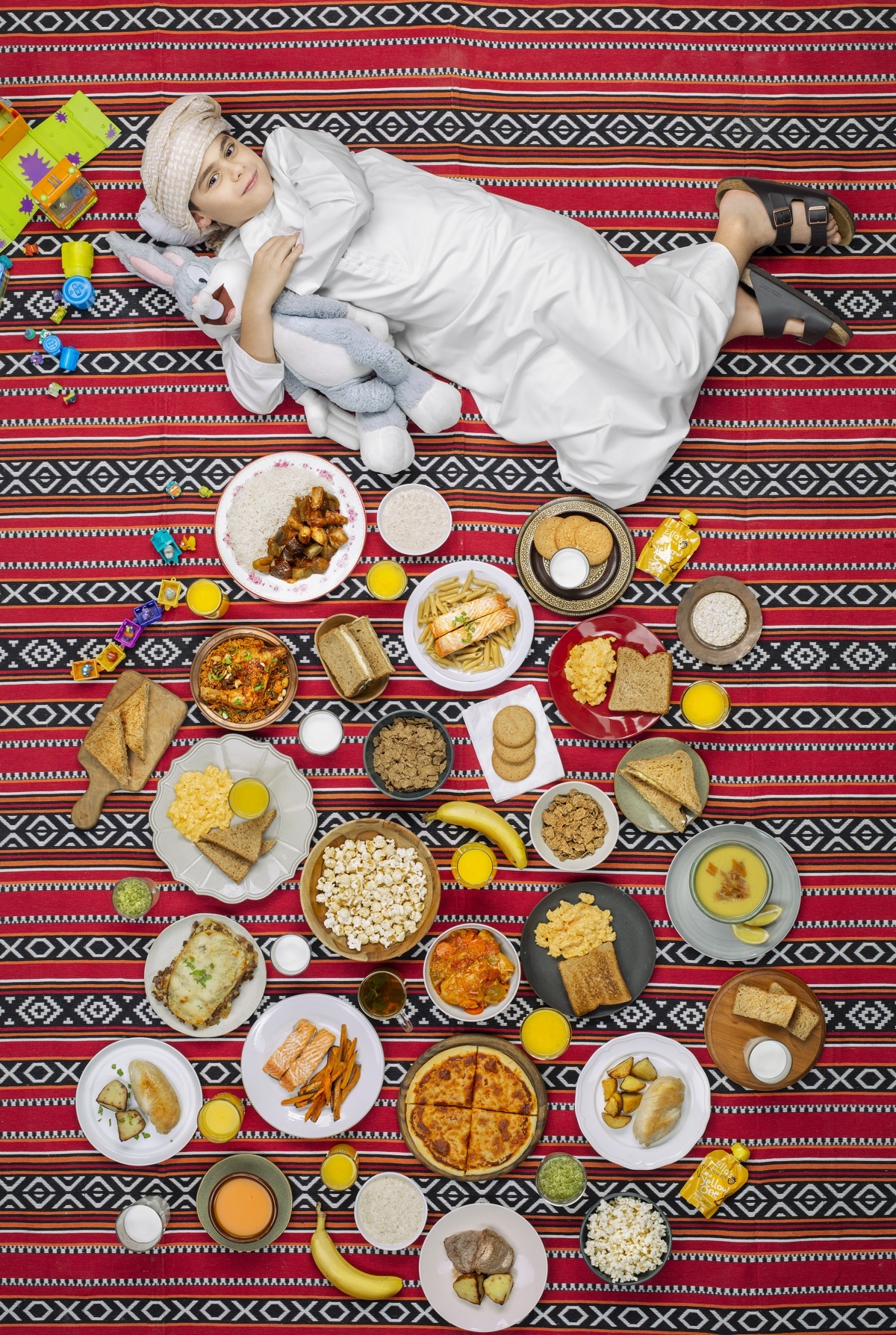
Yusuf Abdullah Al Muhairi, 9, Mirdif, Dubai, UAE, photographed August 12, 2018. Yusuf’s mom came to Dubai from Ireland to work as a pastry chef and chocolatier. She married an Emirati man and they had one son before separating. Yusuf loves his mum’s cooking though he makes scrambled eggs and toast all on his own. Yusuf likes to read, draw, climb, ride horses and create science projects. He thinks he’ll either be a pilot or police officer when he grows up. If he had the money, he’d buy a Ferrari. His role models are Batman and his mother. Yusuf wishes for his mum to get married again and that he’ll have brothers and sisters. Lying in bed at night, he thinks back to building a birdhouse with his granddad, fishing with him in the rivers in Ireland and going to Warner Brothers with his grandmom.
Why the decision to focus on children and what do you think their eating habits say about our overall society?
I focused on kids because eating habits start young and if you don’t get it right when you’re 9 or 10, it’s going to be a lot harder when you’re older!
Globalization has had a huge impact on diets around the world. Two quick examples from countries I visited, Brazil and the UAE. A generation ago, Brazil’s poor were underfed. Today, 57% of the population is overweight. In 2014, there were 803,900 diabetics in the UAE—about 20 percent of the population. 30 years ago, diabetes barely existed in this part of the world.
We’re at a tipping point. The balance of what most children eat now is dramatically moving away from homemade stews and vegetables towards ultra-processed packaged foods and snack foods, many of them designed to appeal to children.
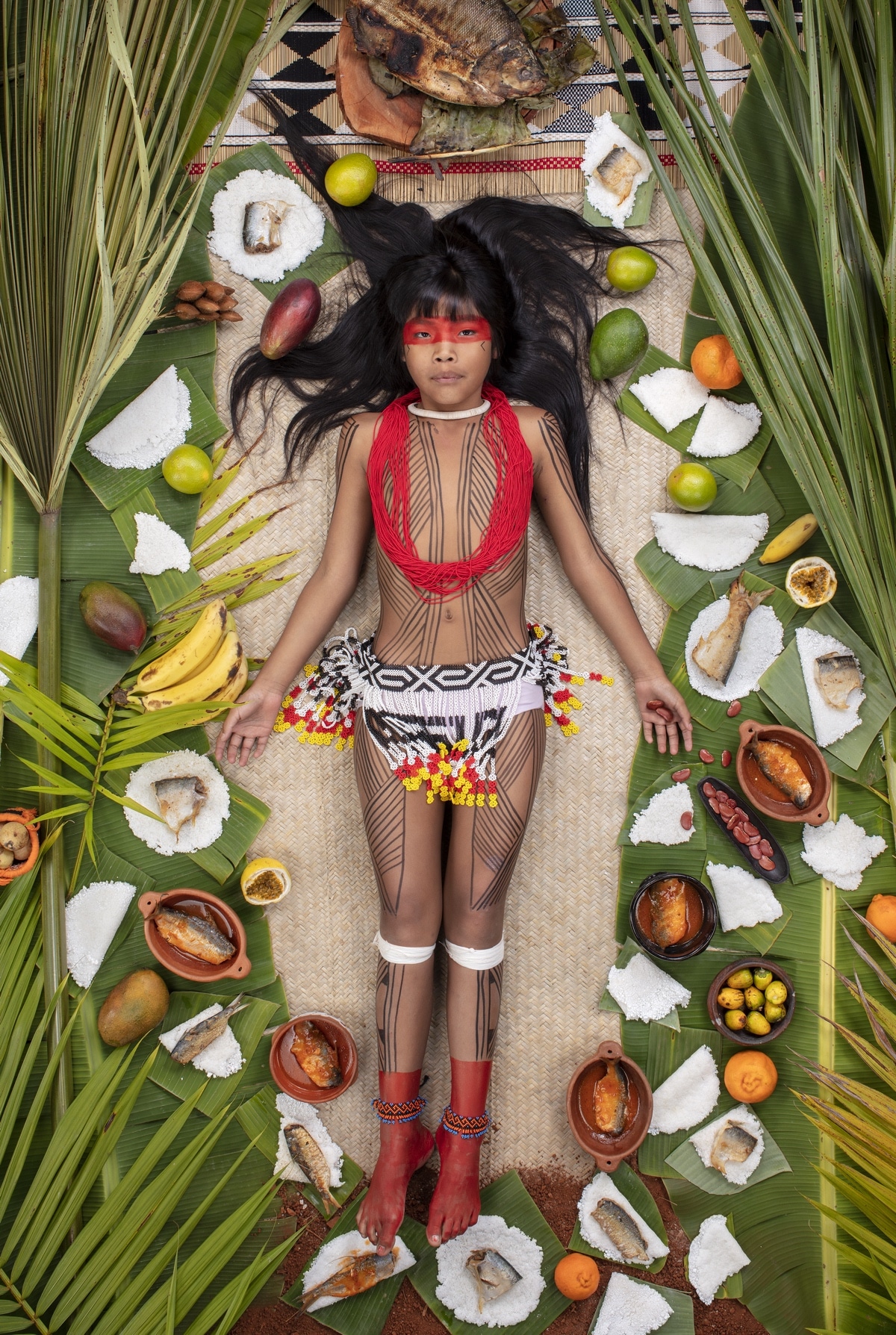
Kawakanih Yawalapiti, 9, Upper Xingu region of Mato Grosso, Brazil, photographed August 19, 2018 in Brasilia. Kawakanih, whose last name comes from her tribe, the Yawalapiti, lives in Xingu National Park, a preserve in the Amazonian Basin of Brazil that can be seen from space. The park is encircled by cattle ranches and soybean crops. In the past six months alone, nearly 100 million trees have been destroyed by illegal logging and expanding agribusiness. The Yawalapiti and other Xingu tribes collect seeds to preserve species unique to their ecosystem, which lies between the rain forest and savannah. The Yawalapiti’s language is threatened, too. When Kawakanih was born, only seven speakers of Arawaki remained. Determined to keep the language from going extinct, Kawakanih’s mother, Watatakalu, isolated her daughter from those who didn’t speak Arawaki. Kawakanih is the first child to be raised speaking Arawaki since the 1940’s and her mother says it’s up to her children now to keep the language alive. Kawakanih has also learned her father’s dialect as well as Portuguese. She loves to read history books, especially ones about the Egyptians. Her days are spent playing in the river, fishing, helping with chores, harvesting manioc, making beiju (cassava flatbread) and beading necklaces worn during tribal rituals. Every couple months, Kawakanih travels to Canarana for school, where she learns computer skills, though no one in her village owns a computer; there is no electricity or running water. To get to the studio in Brasilia, Kawakanih and her mother traveled 31 hours from their village by boat, bus, and car. Kawakanih’s body paint protects her from bad spirits and energy. Black paint is made from jenipapo fruit and red is made from ground urucum seeds (a pod of seeds lies to the left of her head). Rainforest tribes have used the entire Urucum plant as medicine for centuries. Kawakanih’s diet is very simple, consisting mainly of fish, cassava, porridge, fruit, and nuts.
What was the most challenging part of the project?
There were numerous challenges—finding the right mix of kids, an experienced crew, equipment, and locations that met my needs. I needed a studio space with access to a kitchen to prepare the food and a ceiling height of at least 13 feet (the camera height needed to be a consistent 12+ feet above the subject).
Organization was critical, but sometimes lacking. Making sure that all of the kids kept thorough journals of everything they ate so that those meals could be accurately reproduced, for instance. Fortunately, I had competent producers in most countries. Sometimes, the equipment I had access to wasn’t reliable, which was challenging because the lighting for the pictures needs to be consistent, of course. Another major hurdle was money; this was a very expensive project to produce and generating the funds wasn’t easy. Much of the funding came out of my pocket. I could have really used a benefactor or sponsor!
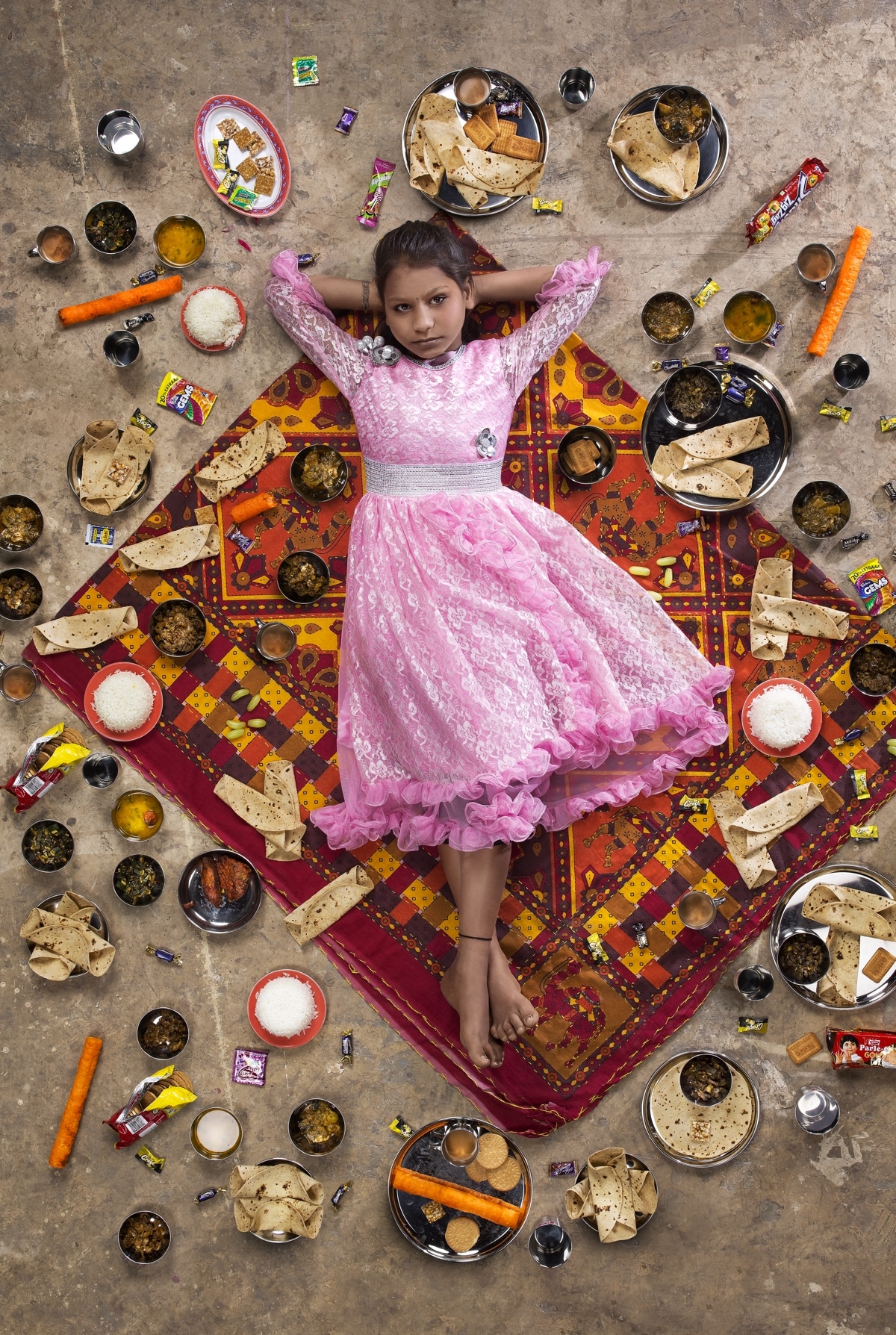
Anchal Sahani, Chembur, Mumbai, India (10 yrs old) photographed March 11, 2017. Anchal lives in a tiny tin shack on a construction site in a suburb of Mumbai with her parents and two siblings. Her father makes less than $5 a day, just enough for her mother to prepare okra & cauliflower curry, lentils, and roti from scratch. Anchal would like to return to the farm where she was born in Bihar, go to school like other kids and eventually become a teacher, but she’s kept busy with household chores and looking after her baby brother. When she has time, she dresses up and leaves the construction site to enjoy the fragrance of jasmine and lotus and to watch the neighborhood kids playing cricket and running free. While on her walks, Anchal collects brightly colored chocolate wrappers she finds along the road by the grocery store. Anchal wishes her mother would love her the way she loves her baby brother.
What did you discover through this process that surprised you the most?
One of the surprising lessons of Daily Bread is that the best quality diets are often eaten not by the richest but the poorest. In the US, the poor are the biggest consumers of junk food because it’s convenient and cheap. But in Mumbai, it costs $13 for a medium Dominoes pizza, which is way beyond the means of most people. Anchal lives with her family in an 8 by 8-foot aluminum hut. Her father earns less than $5 a day, yet she eats a wholesome diet of okra and cauliflower curries, lentils, and roti which Anchal’s mother makes from scratch each day on a single kerosene burner. Shraman, on the other hand, lives in a middle-class Mumbai hi-rise and eats very differently. His family’s extra income means he can afford Dominoes pizza, fried chicken, and treats like Snickers bars and Cadbury chocolate.
In 2015, Cambridge University conducted an exhaustive study ranking diets around the world from most to least nutritional. Remarkably, 9 of the 10 healthiest countries are in Africa. It seems counterintuitive that some of the poorest countries have among the healthiest diets. But when you look closely at what they’re eating, it makes sense: fresh vegetables, fruits, nuts, seeds, grains, fish, and legumes and very little meat (which functions more as seasoning) and few empty calories (processed foods).











































































